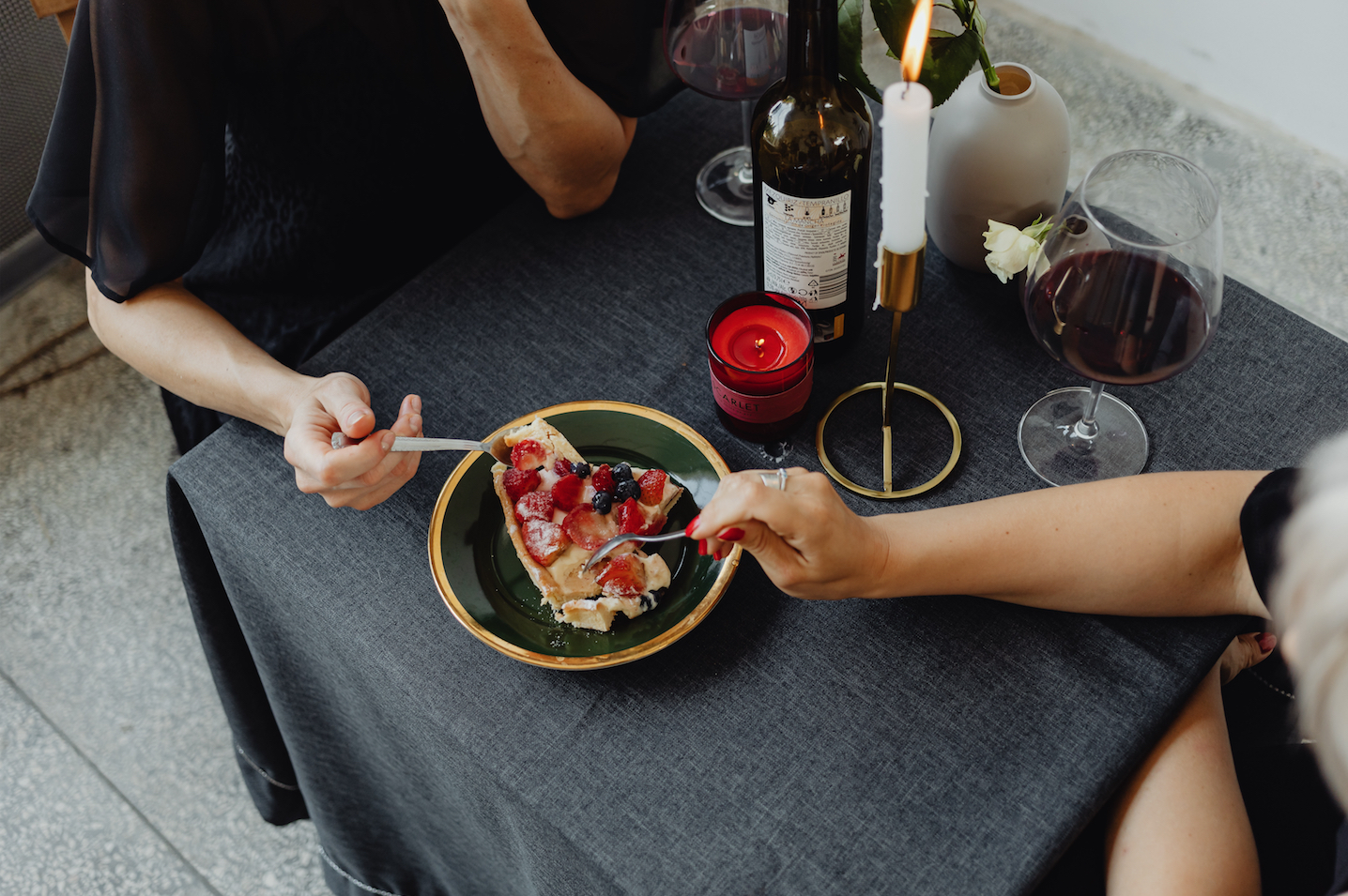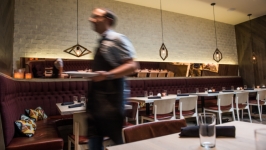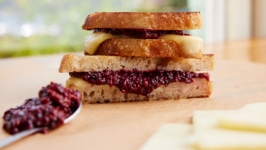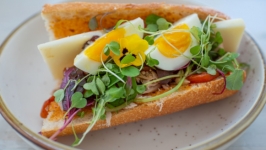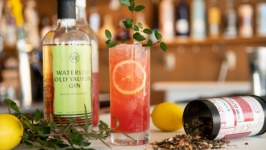Pairing Wine with Dessert
The word “sweet” has a lot of different meanings in the world of wine. As a young college student and self-proclaimed wine-enthusiast, I would frequently host wine dinners. Nine times out of ten, my friends would state they only drink sweet wine. Once I became a seasoned sommelier while working in New York, I was constantly told by customers not to bring them anything sweet. My experiences with sweet wine preferences have clearly been night and day over the years. Understanding the difference between sweet and dry wines can help wine enthusiasts develop a greater appreciation of dessert wines.
People often think a “dry” wine (with lots of fruit, oak, spice or floral aromas and flavors) is sweet. However, unless the winemaker purposefully left sugar in the wine after fermentation, it’s a dry wine. Dessert wines typically involve unique grape growing, harvesting and winemaking processes, which allow them to retain excess sugar, framed by singular bouquets and traits.
Once you consider dessert wines in a more nuanced light, there is room for a shift in one’s overall attitude toward them. Enjoying dessert wine is less a sign of an immature palate, and more of a taste-expanding adventure. With a change in perspective, there is hope for dessert wines on our tables.
There are three specific types of dessert wines worth understanding and seeking out: late harvest, straw and botrytis wines. All are unique in the way they are made, resulting in a variety of sweet styles.
Late harvest refers to wines made from grapes that stay on the vine longer than the grapes destined for dry wines. Grapes earmarked for late harvest wines develop more sugar due to additional ripening. Since the grapes have so much sugar at harvest, this means that during fermentation the winemaker can reach the desired alcohol level and still have leftover sugar in the wine. Great examples of this style are Rieslings such as Spatlese, Auslese and Beerenauslese from Germany.
Straw wines have yet another means of achieving the same decadent goal. To make these types of wines, winemakers leave harvested grapes to dry on special mats, allowing the sugars in the grapes to accumulate through the drying process. A wonderful example of this kind of dessert wine is Vin Santo from Italy, made in the Tuscany region from native Trebbiano and Malvasia grapes.
Botrytis can look like an intimidating word, but the way this fungus interacts with grapes is actually quite agreeable. Grapes grown in areas where misty humid mornings and warm dry afternoons are common tend to accumulate Botrytis–yes, an actual fungus–and use it to their advantage. The fungus impacts grapes just long enough to dehydrate the water in the grapes and leave behind intense concentrations of sugar. The result is excess sugar in the wines and a signature dried fruit and spice character. The king of this style of dessert wine is Sauternes from the Bordeaux region of France.
At the end of the day, dessert wines have the ability to surprise you, elevate a food pairing and prove they have a rightful place at the table. They encourage you to give into the simple pleasures of life. The best way to understand and appreciate sweet wines is to try them with food. To get you started, here's a sampling of wines paired with desserts at local restaurants.
TOWN HALL
Pairing: Far Niente Dolce Napa Valley 2012 with Lemon Semifreddo
Why it works: The 2012 Dolce is a late harvest wine from Napa Valley bursting with flavors of apricot and orange liqueur. On the palate, mouthwatering layers of vanilla and brioche mingle with lush fruit. The semifreddo, a frozen dessert comprised of lemon curd combined with whipped cream, is served with a salted caramel sauce, fresh fruit and candied nuts. The wine’s intensity pairs nicely with the lemon flavor, while the sauce and nuts add even more dimension to the wine.
COLLAGE
Pairing: EOS, Late Harvest Moscato, Paso Robles, 2015 with The Bougainvillea
Why it works: This wine has aromas of dried melon, orange blossom, nectarine and honey. The Bougainvillea, a visually beautiful dessert, consists of strawberries sautéed in butter and a cabernet vanilla sauce, served over vanilla ice cream in a phyllo dough cup. The Moscato makes the fruit flavors of the dish pop, and the dessert makes the wine feel more lifted and complex.
BLACKSTONE GRILL
Pairing: Bodega Norton Late Harvest Malbec, Argentina 2015 with Chocolate Walnut Cheesecake
Why it works: The Bodega Norton dessert wine is a unique version of Malbec. It has all the signature dark fruit, chocolate and coffee aromas, but these flavors are more concentrated due to the grapes ripening longer on the vine. The cheesecake’s toasted walnuts and rich chocolate flavors fuse into a smooth and velvety dessert. The character of the late harvest Malbec intensifies the coffee and chocolate elements, while the rich cheese creates a pleasurable smoothness in the wine.
BB’S
Pairing: Hekate Vin Passito 2005 with Sacher Torte
Why it works: Hekate Vin Passito, a dessert wine from Sicily, delivers an aromatic nose of dried stone fruits, honey, toasted nuts and spicy herbs. Sacher Torte is a dense flourless chocolate cake featuring layers of apricot jam topped with almonds and crème fraiche. When the wine and torte hit your palate, it’s a perfect union of flavors. The chocolate, since it is on the bitter side, doesn’t create a cloying sweetness with the wine. Instead, the wine’s nutty and dried fruit character brings out these elements in the dessert creating a pleasing balance.


